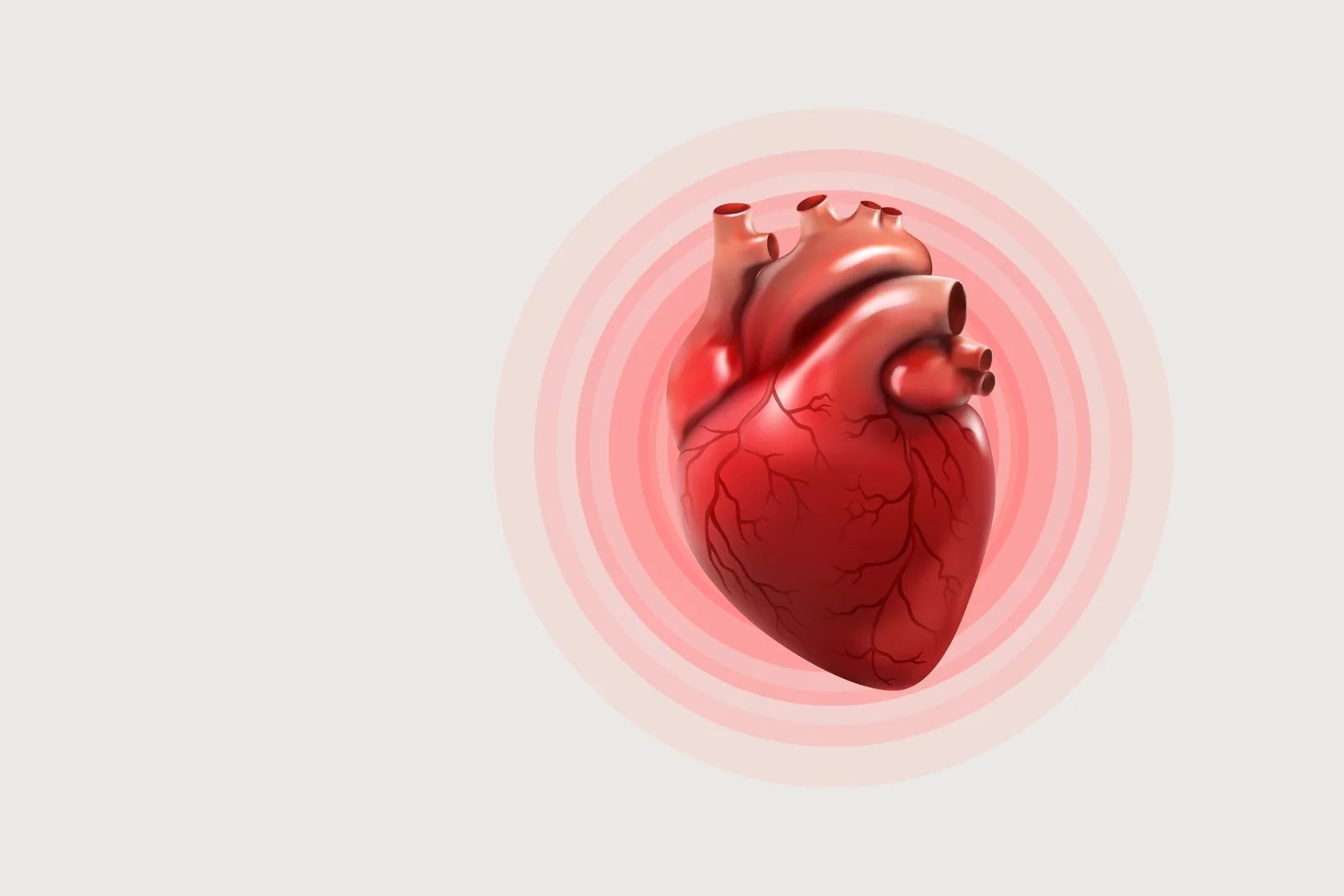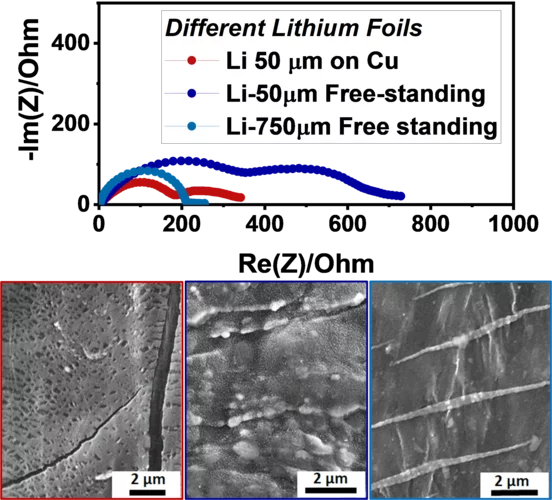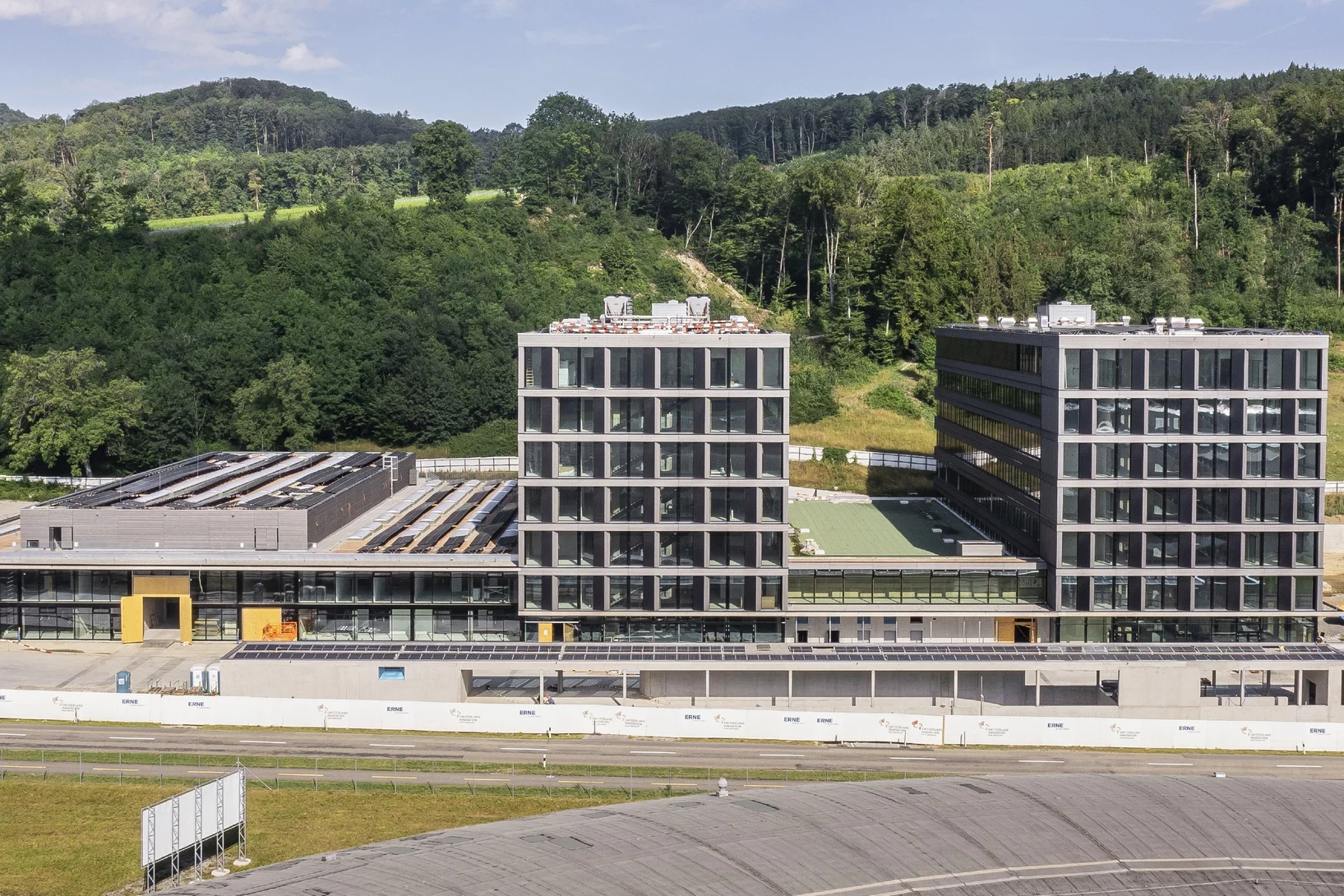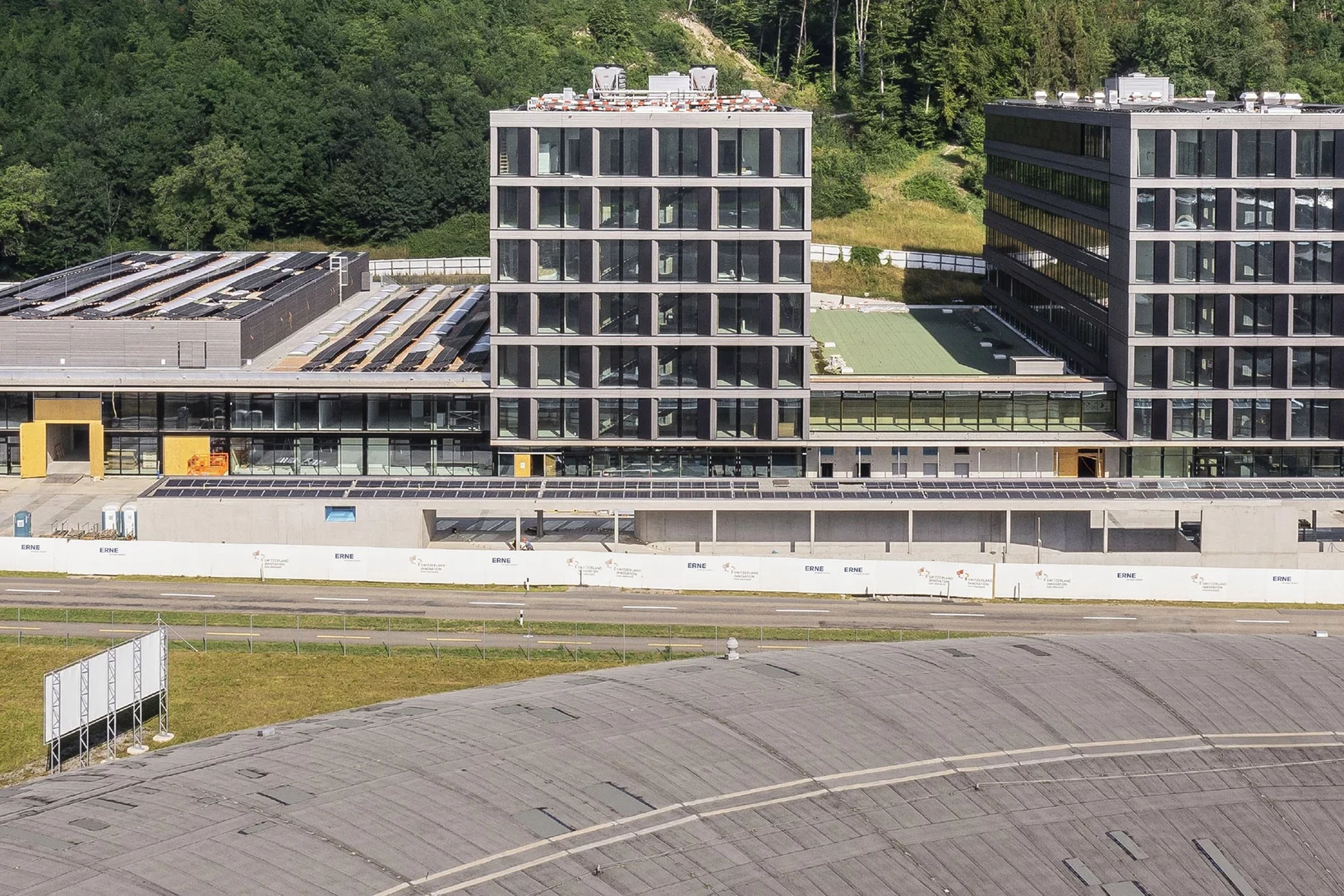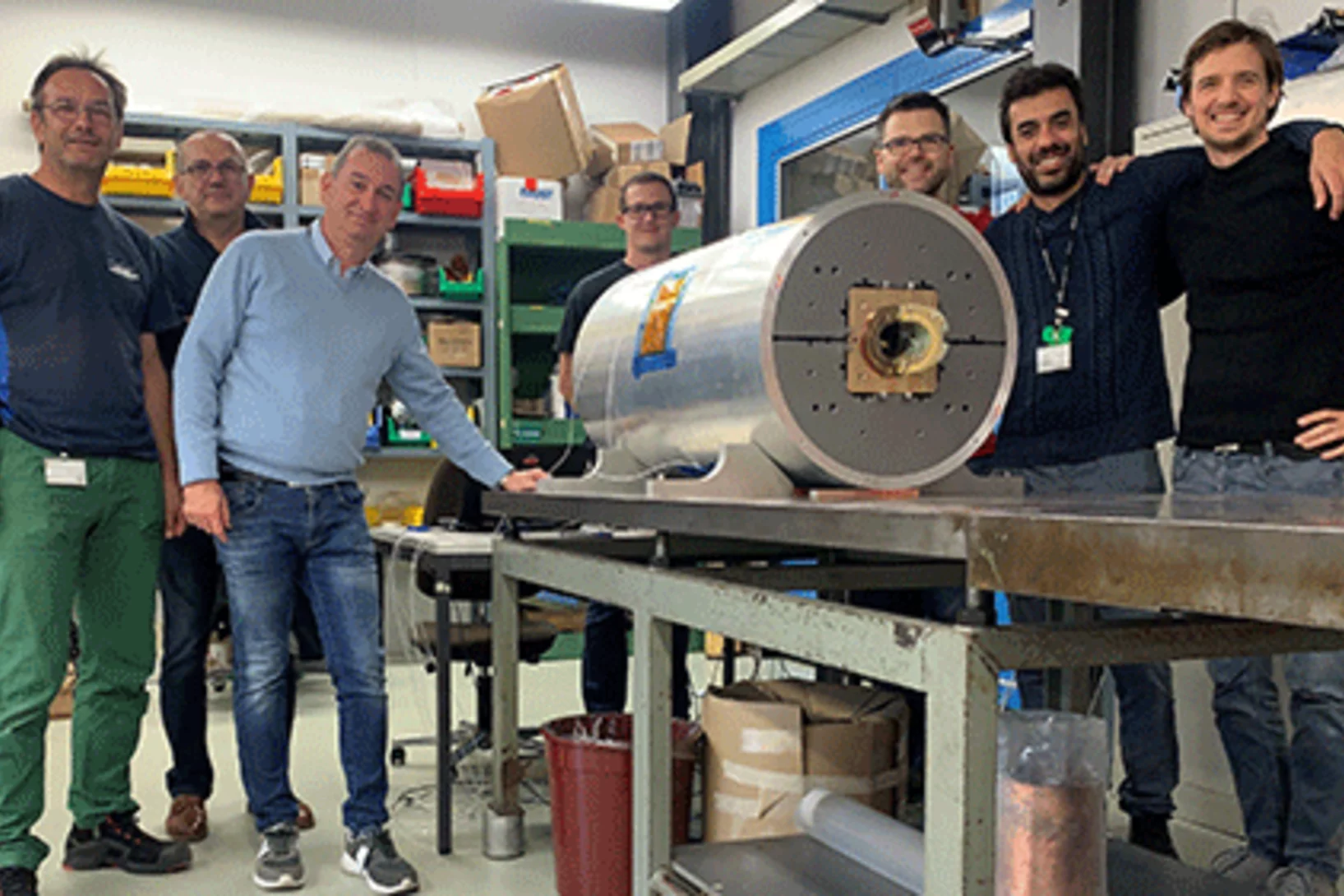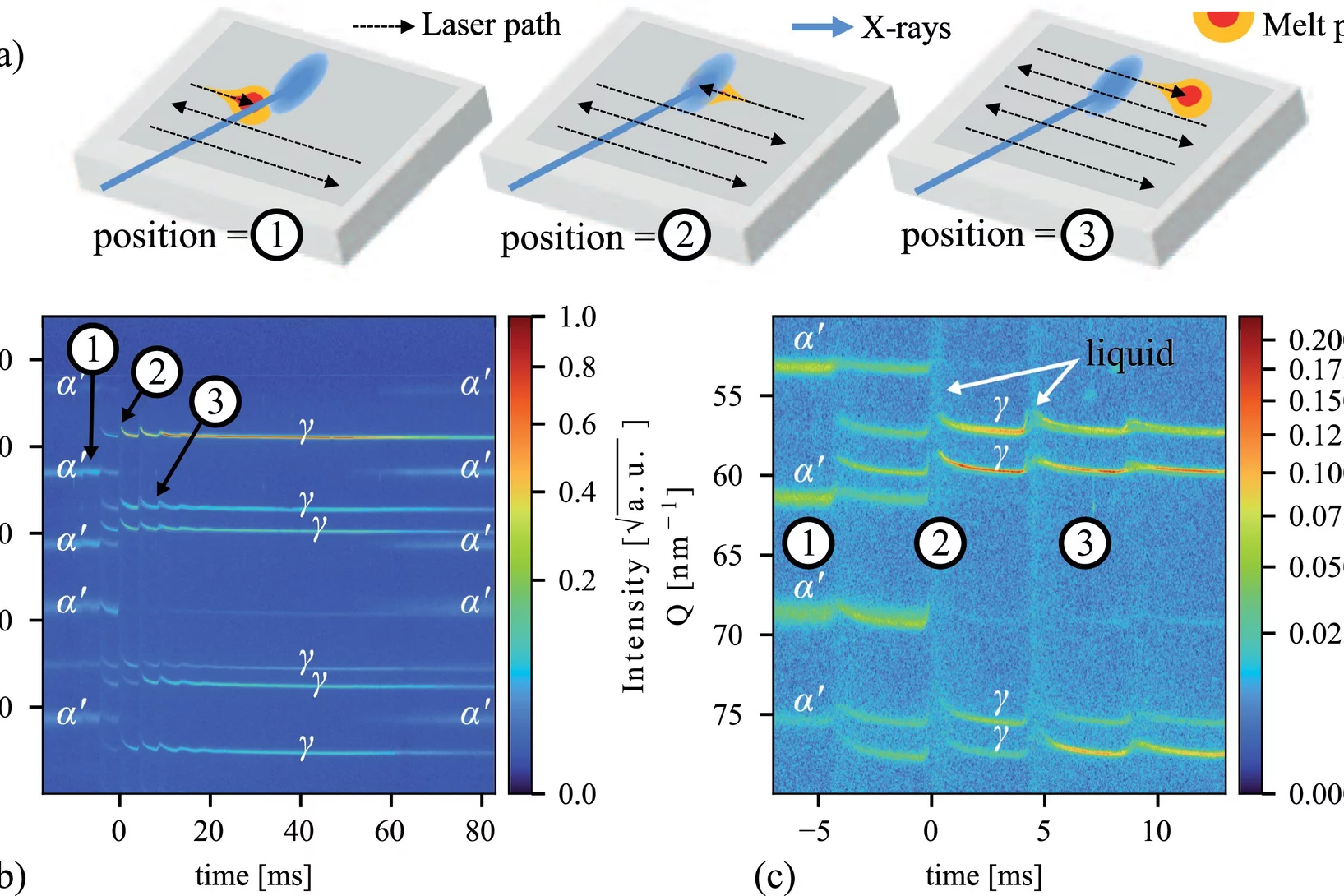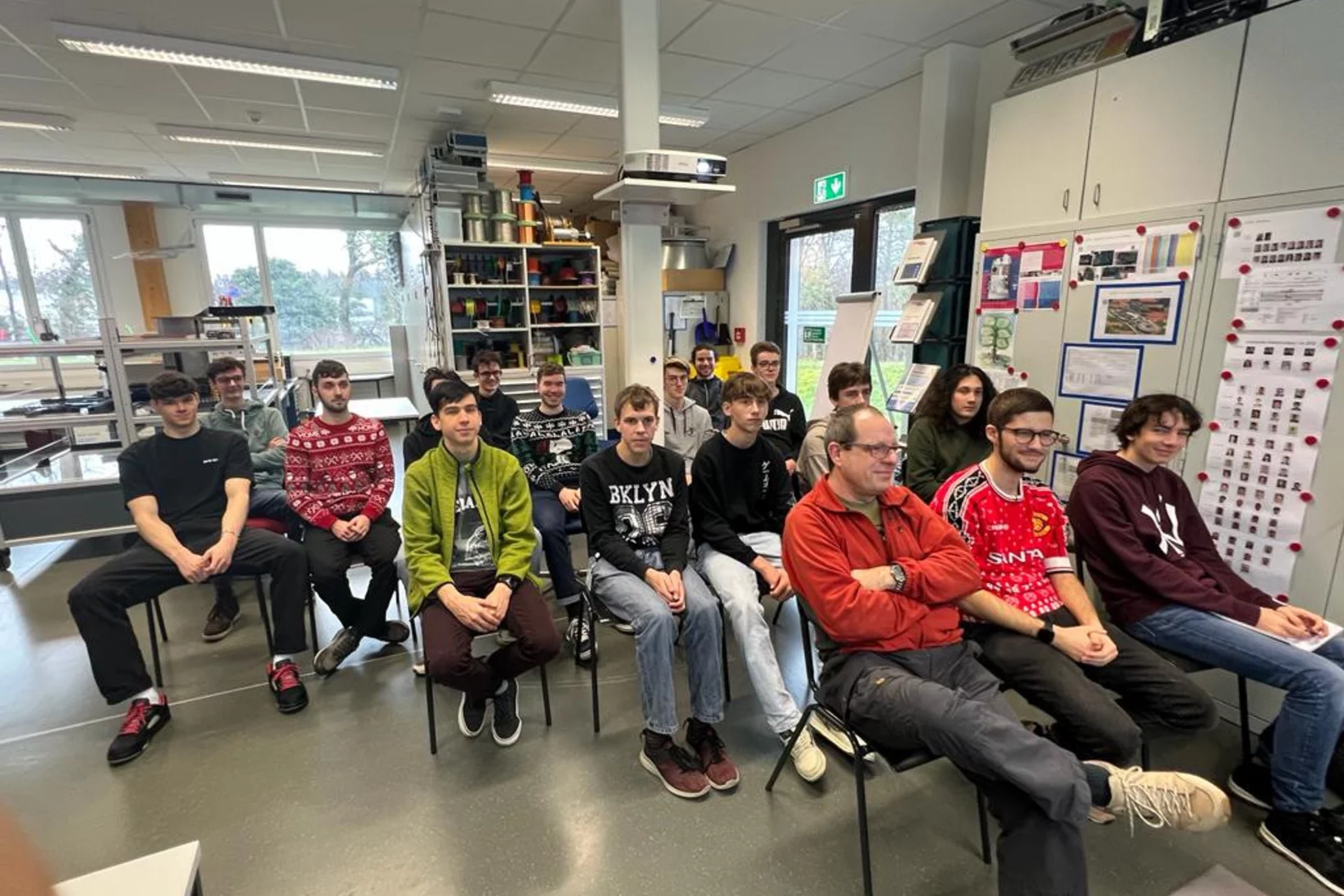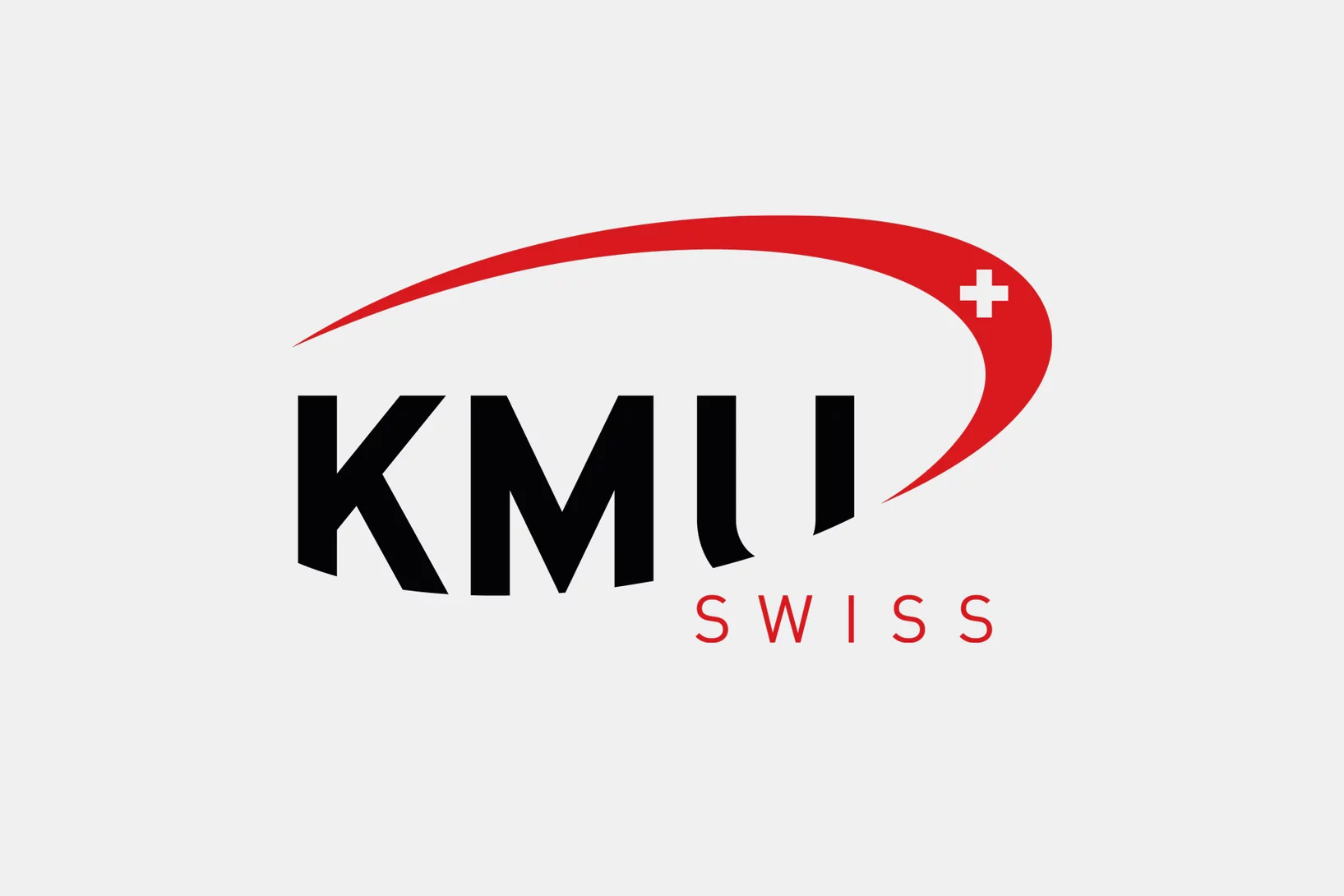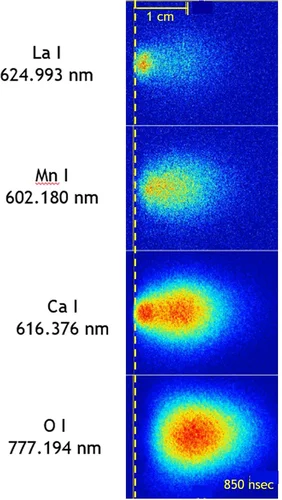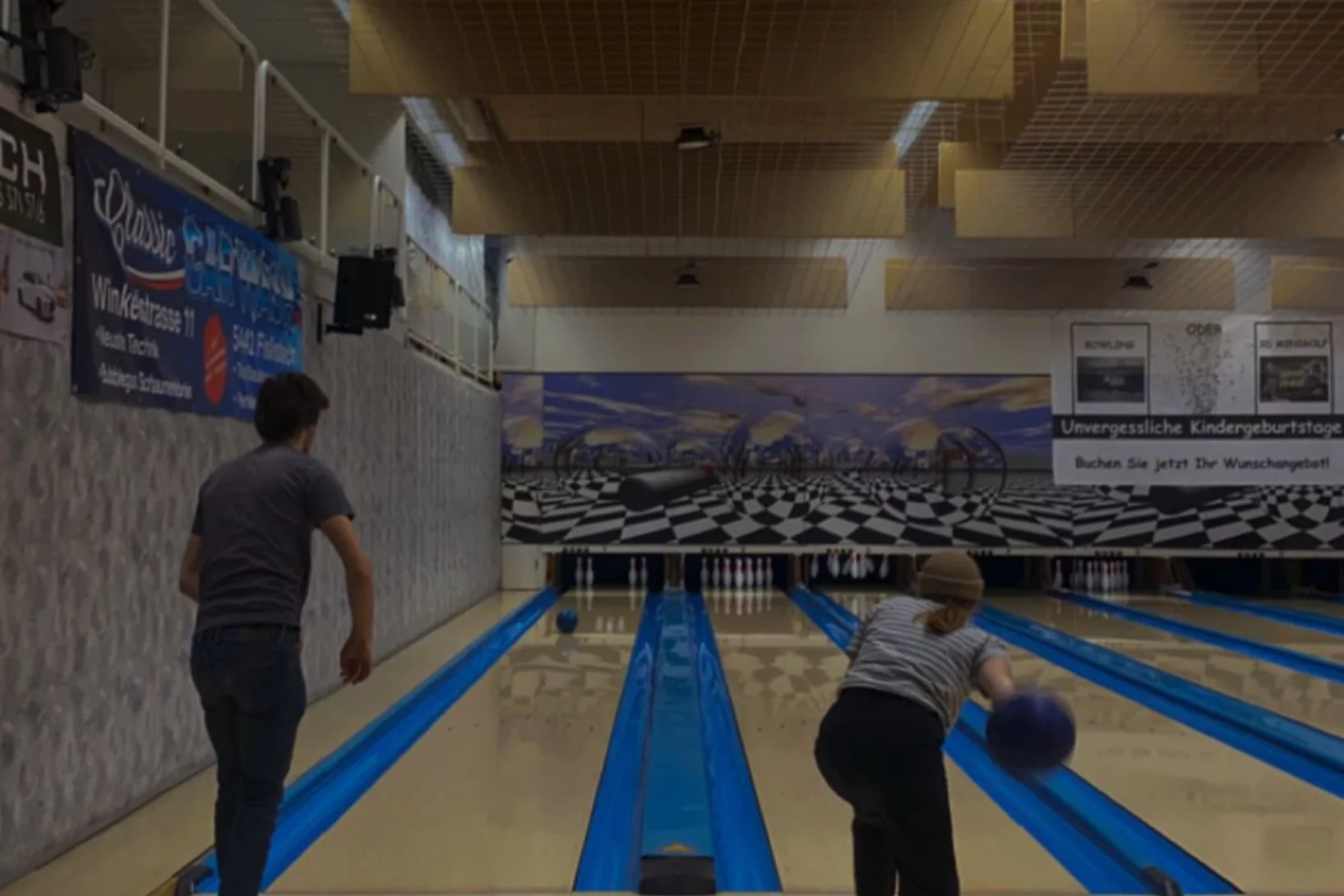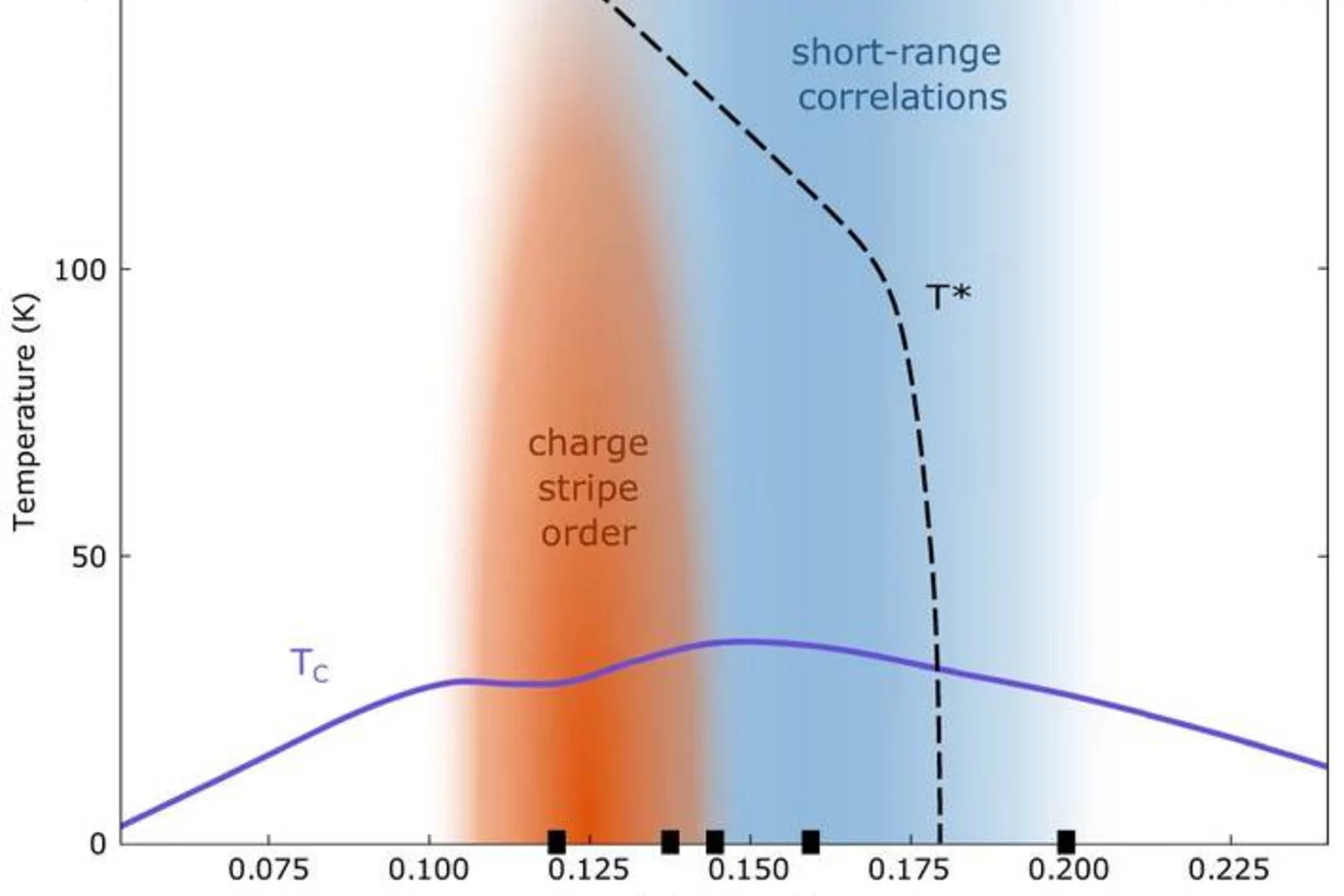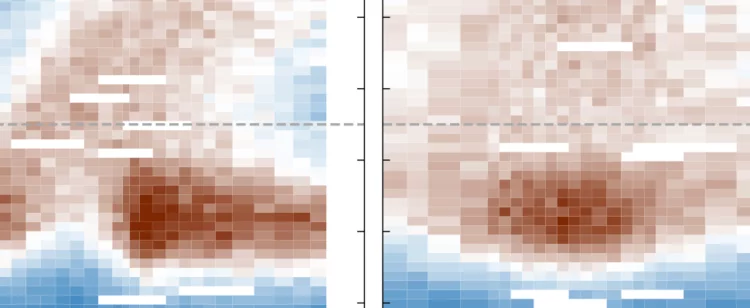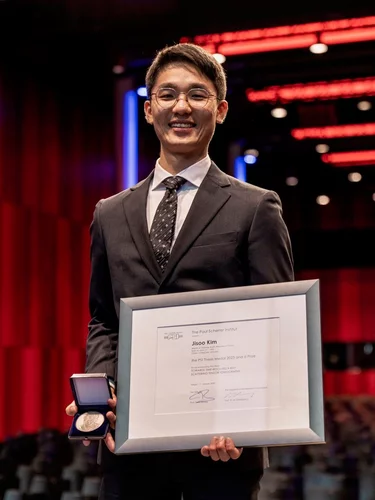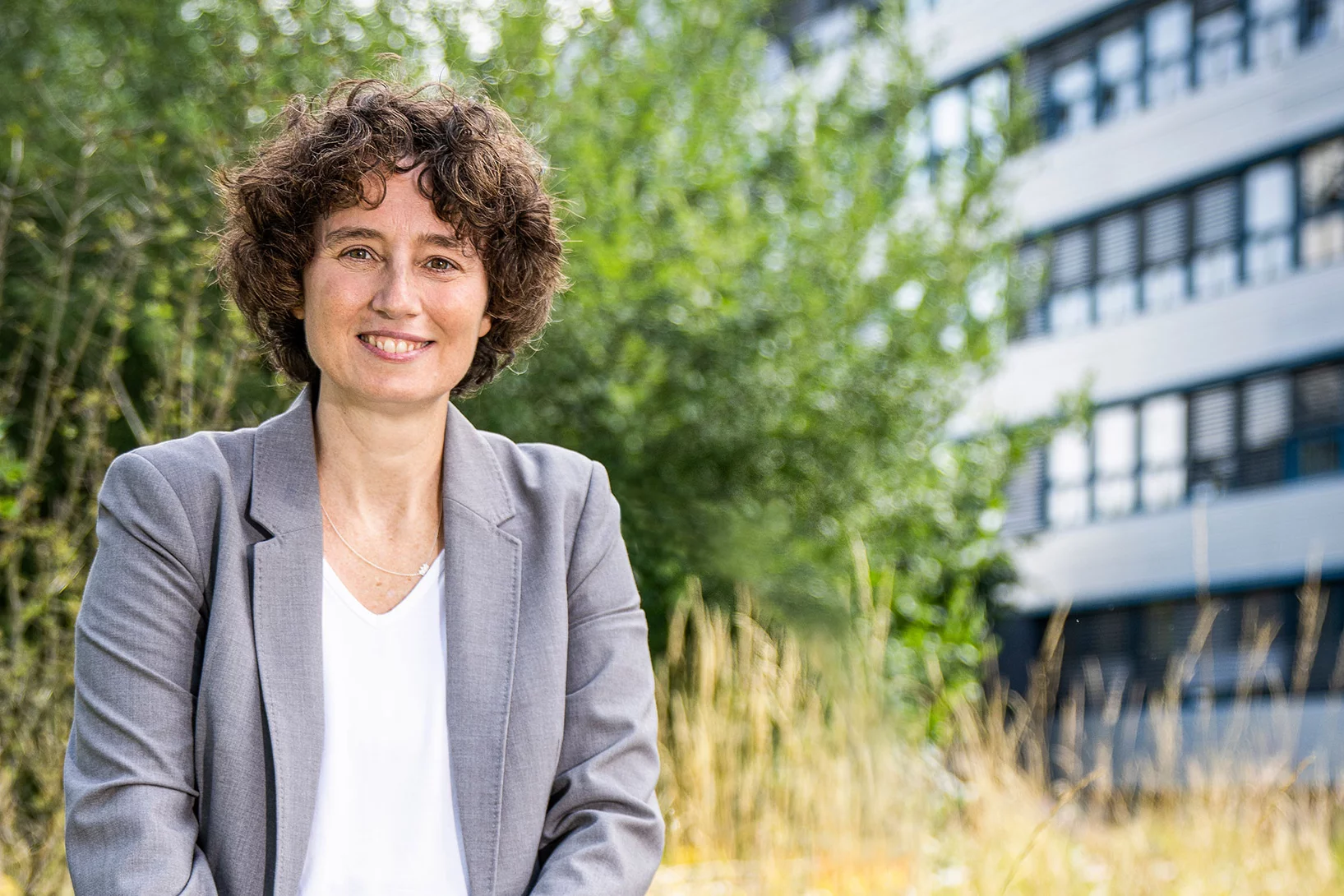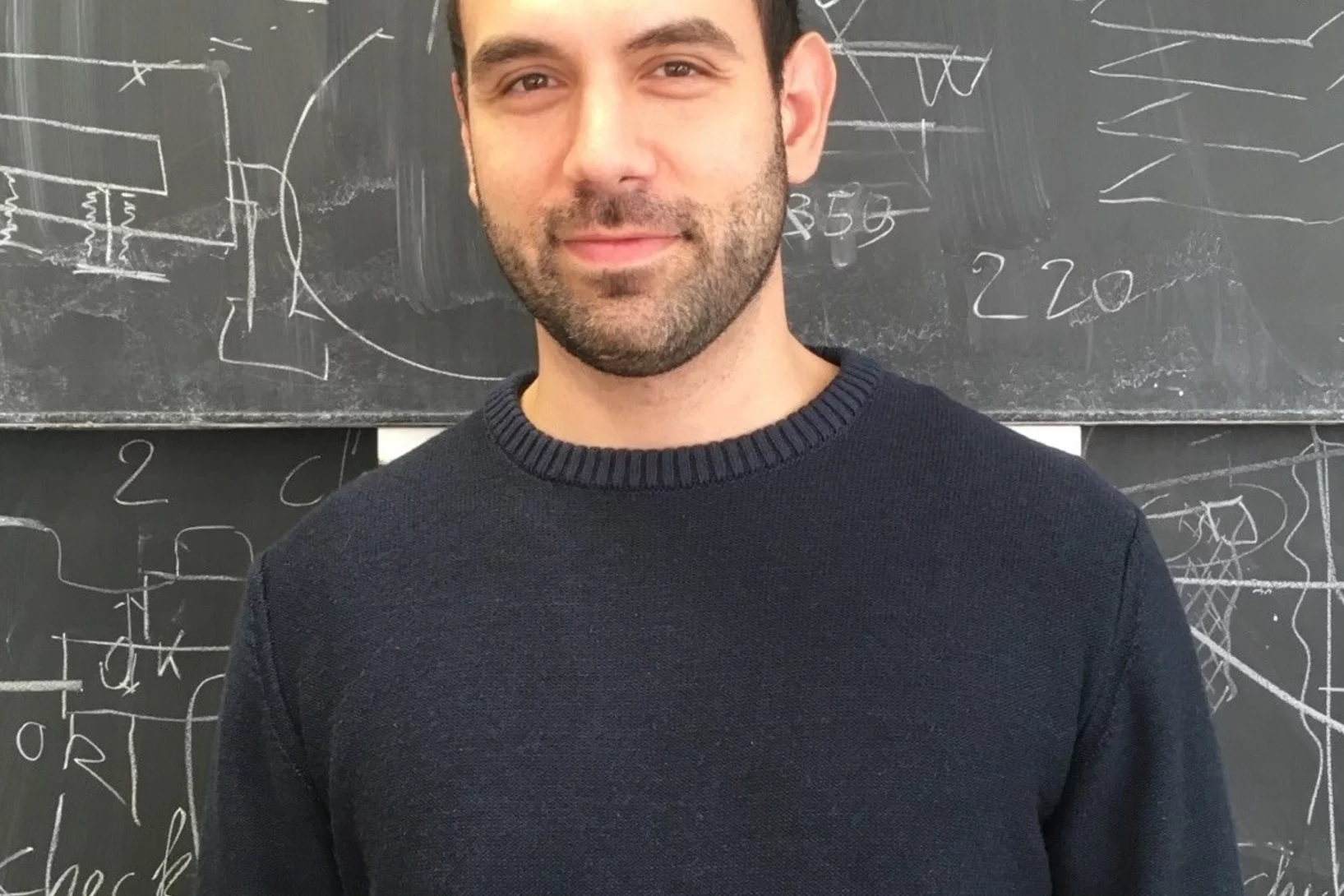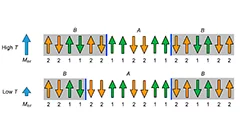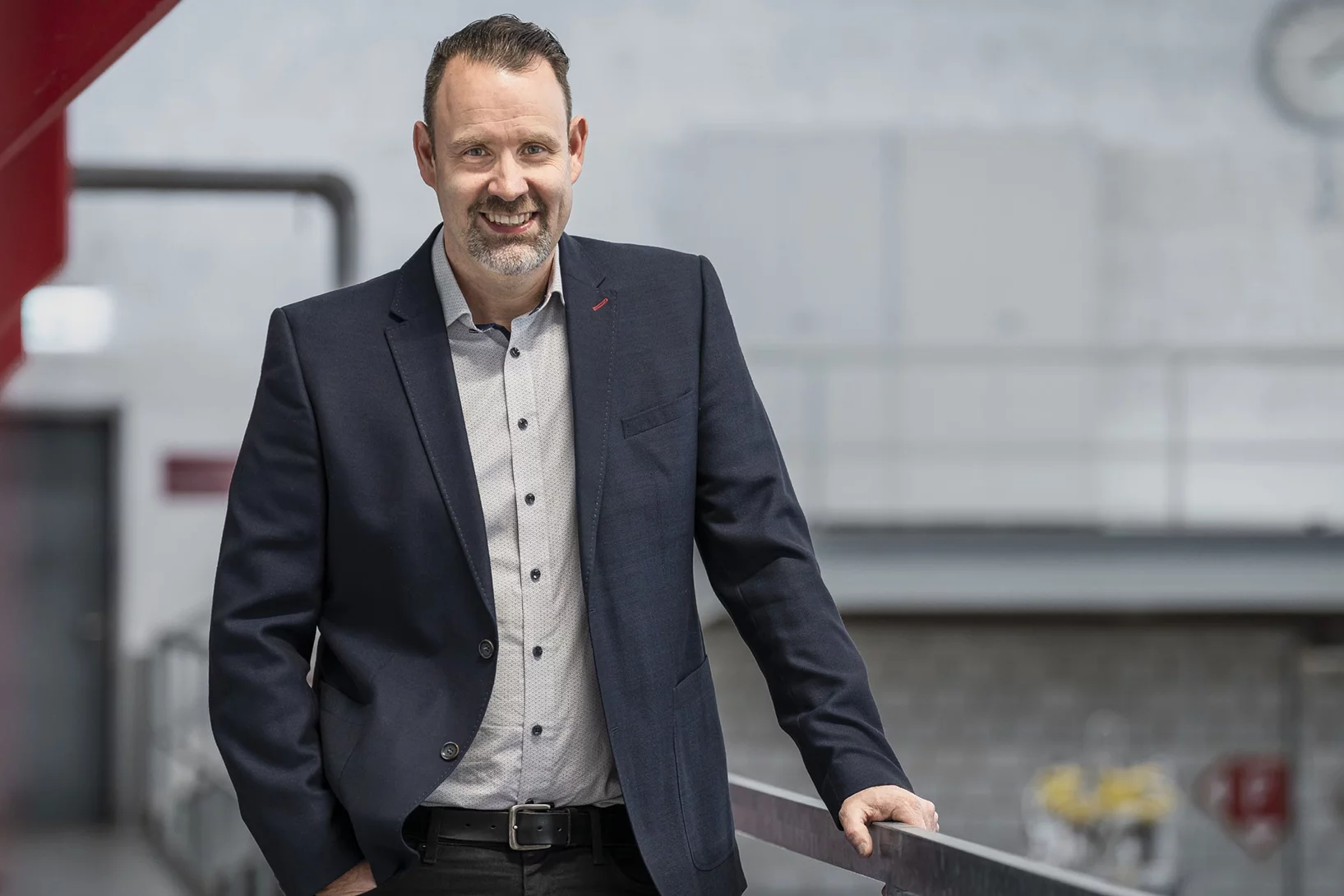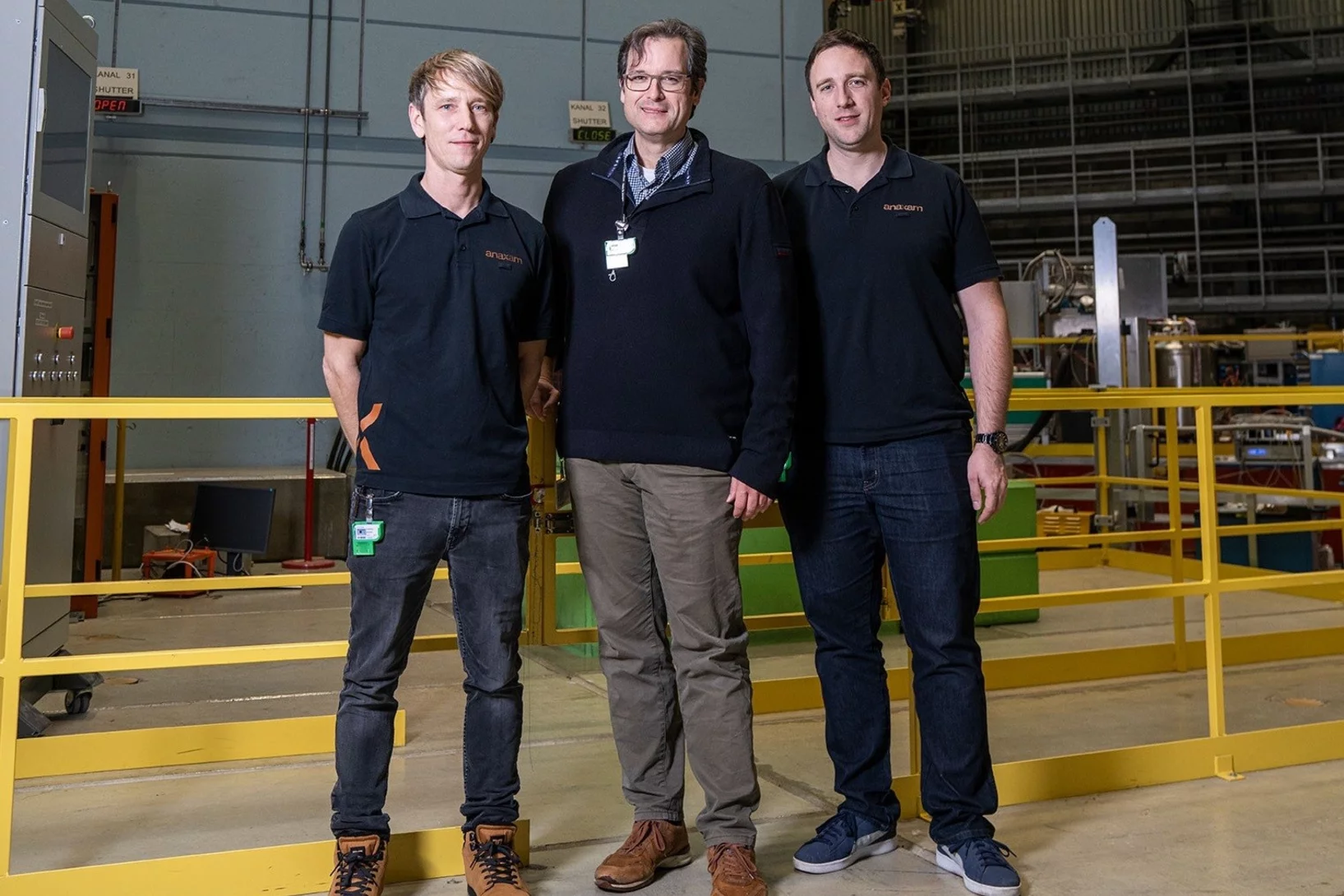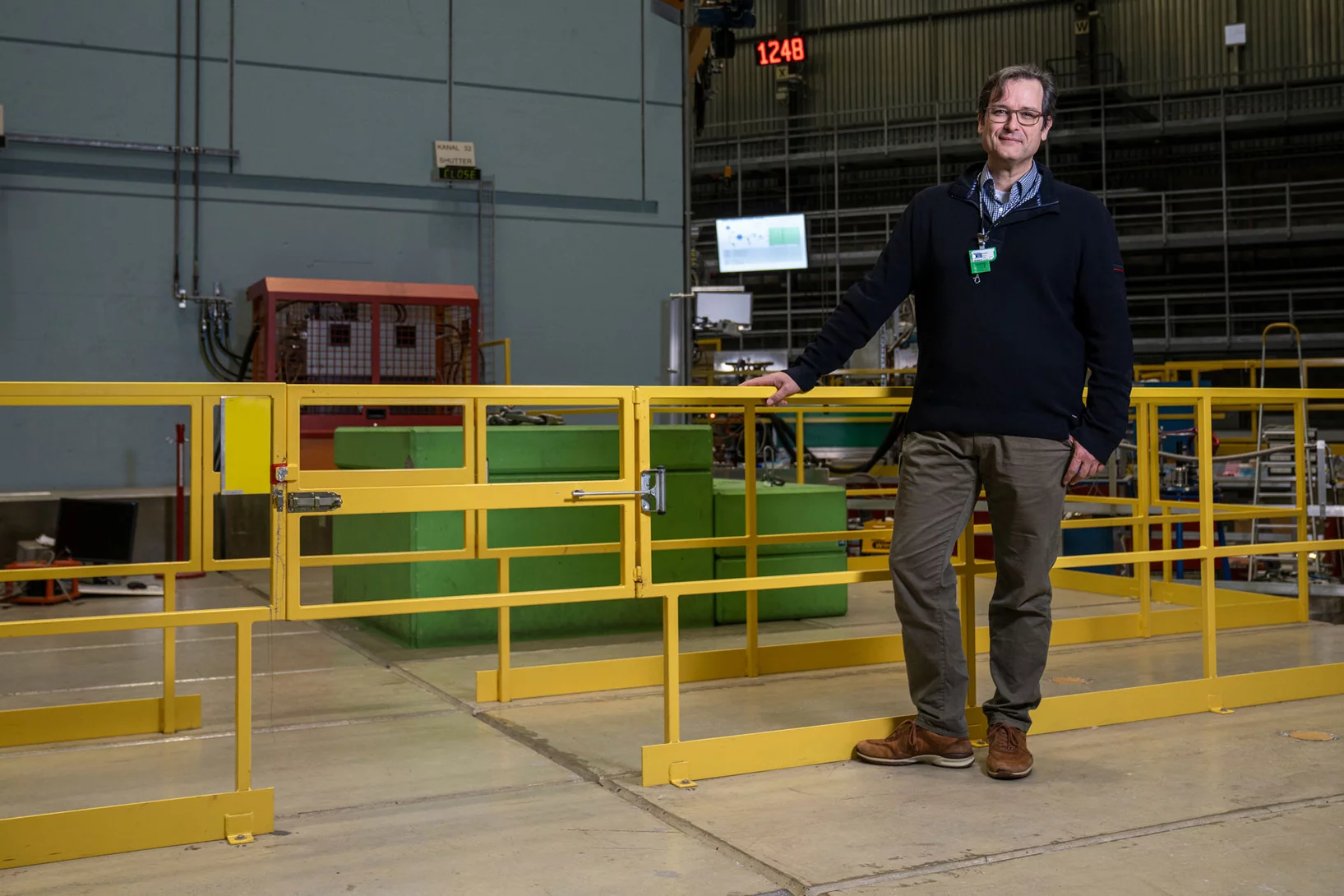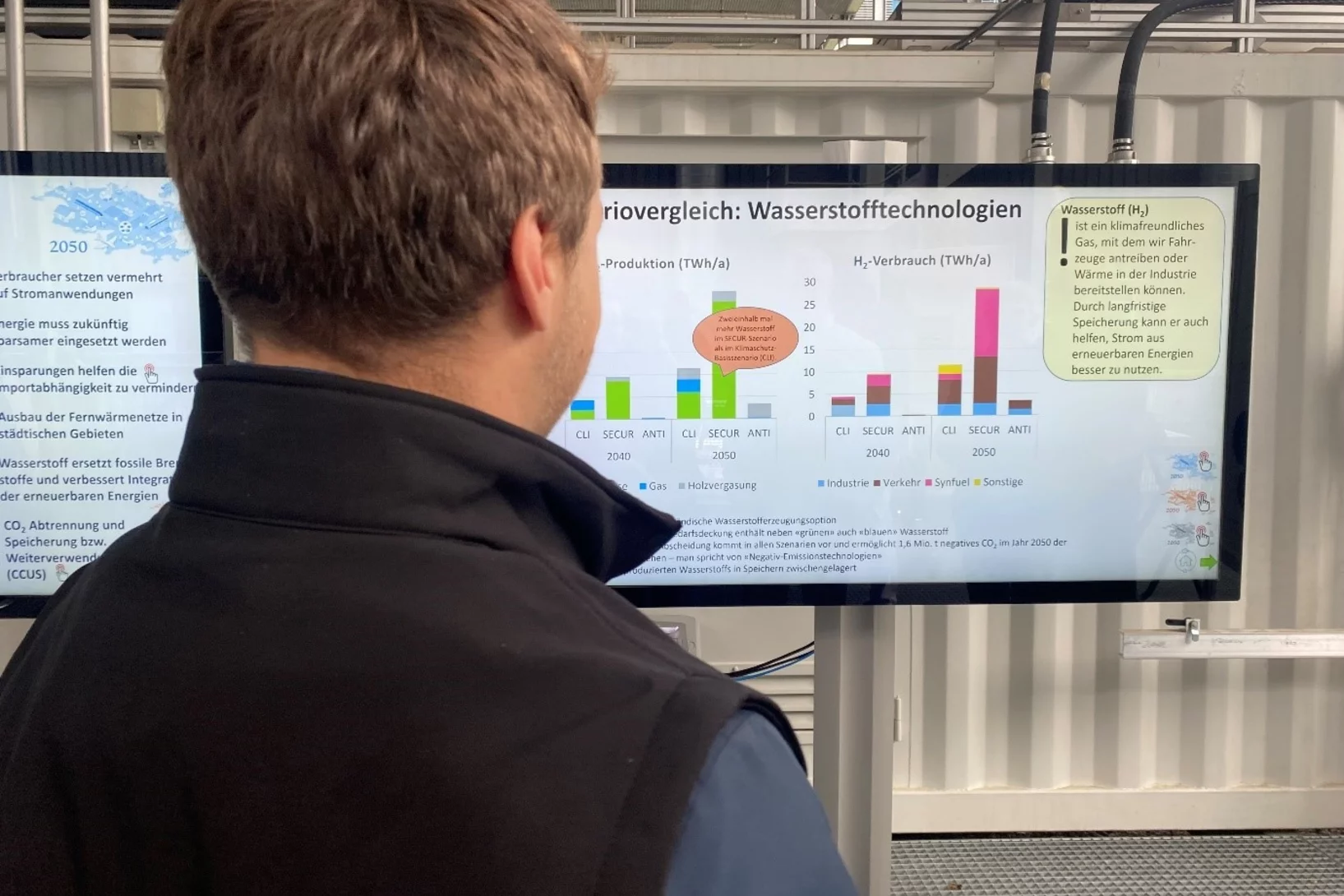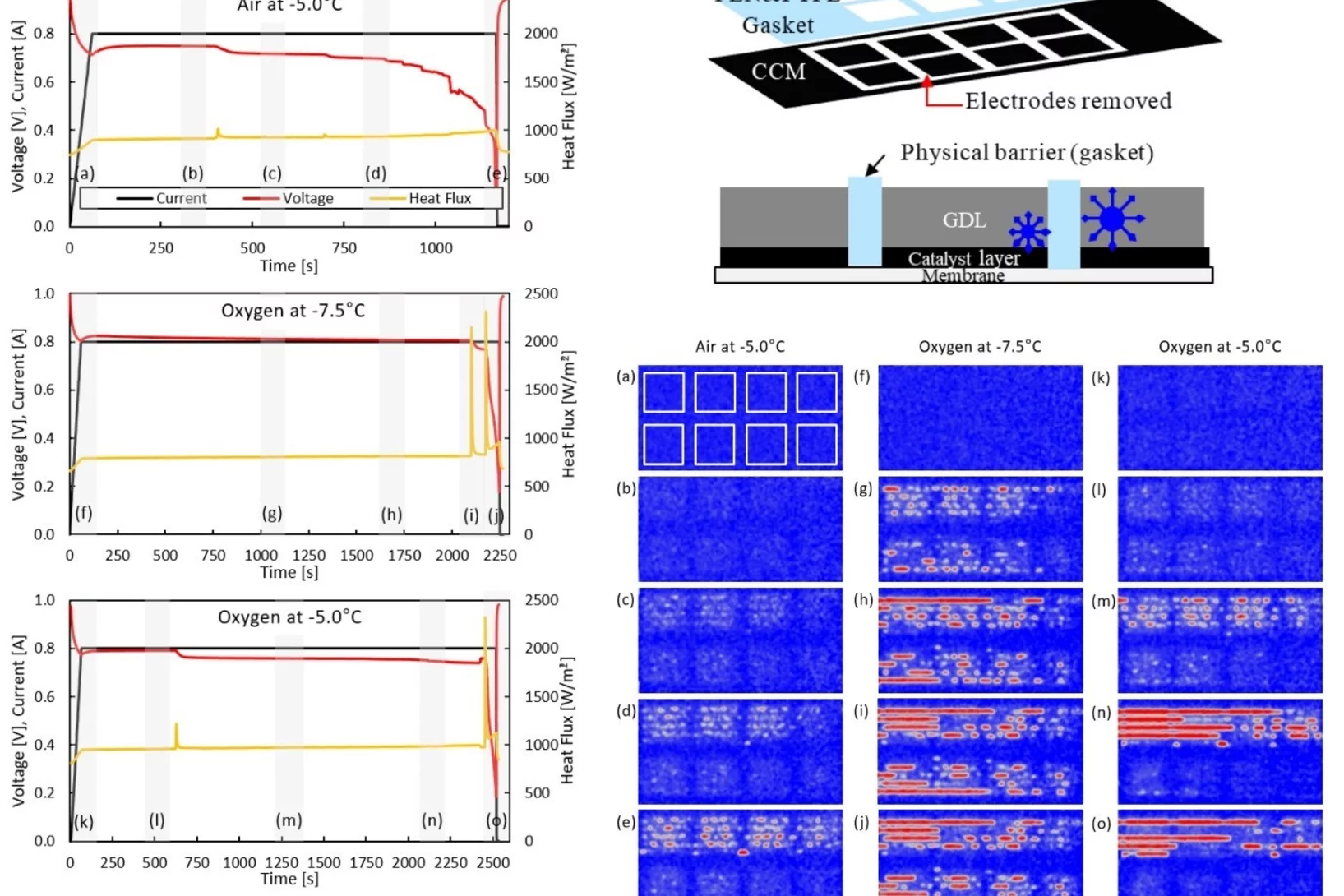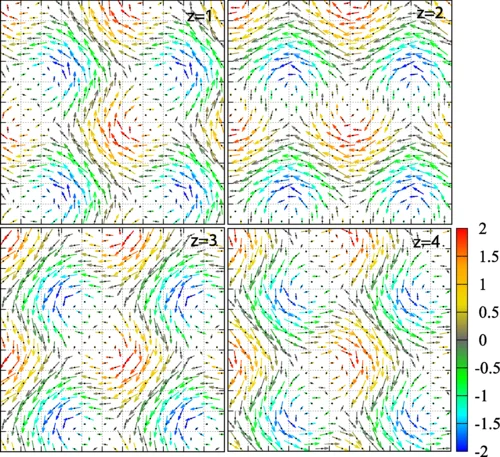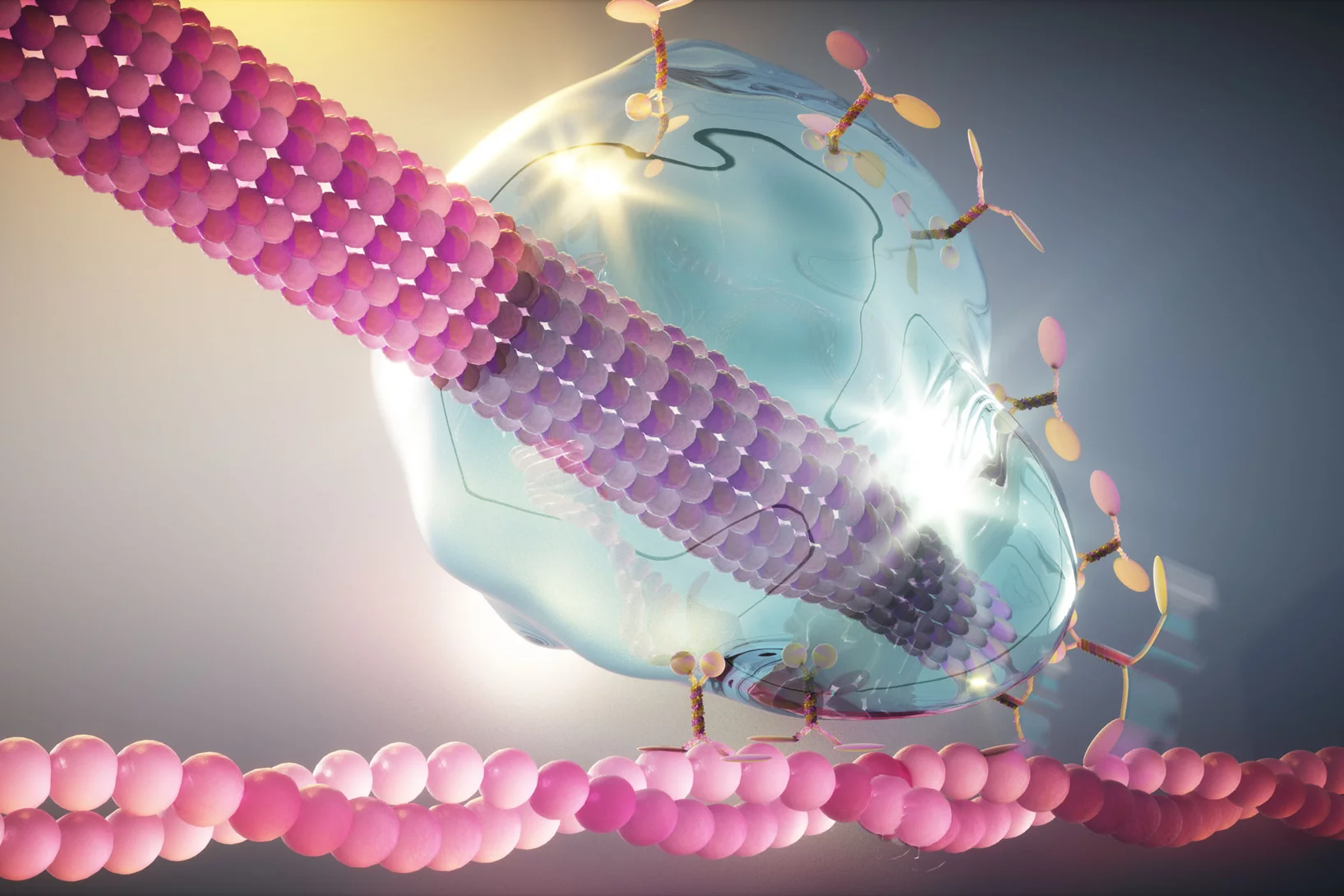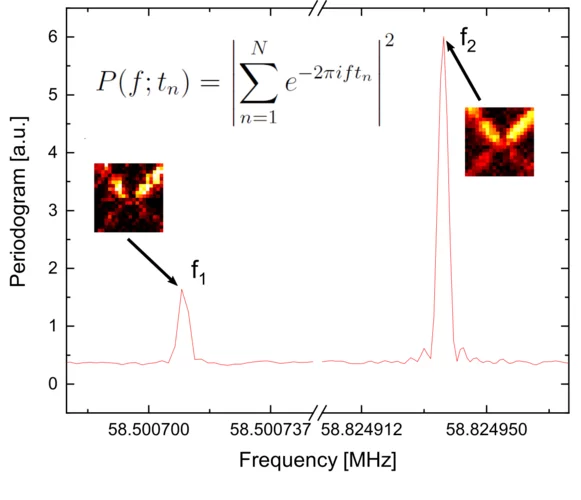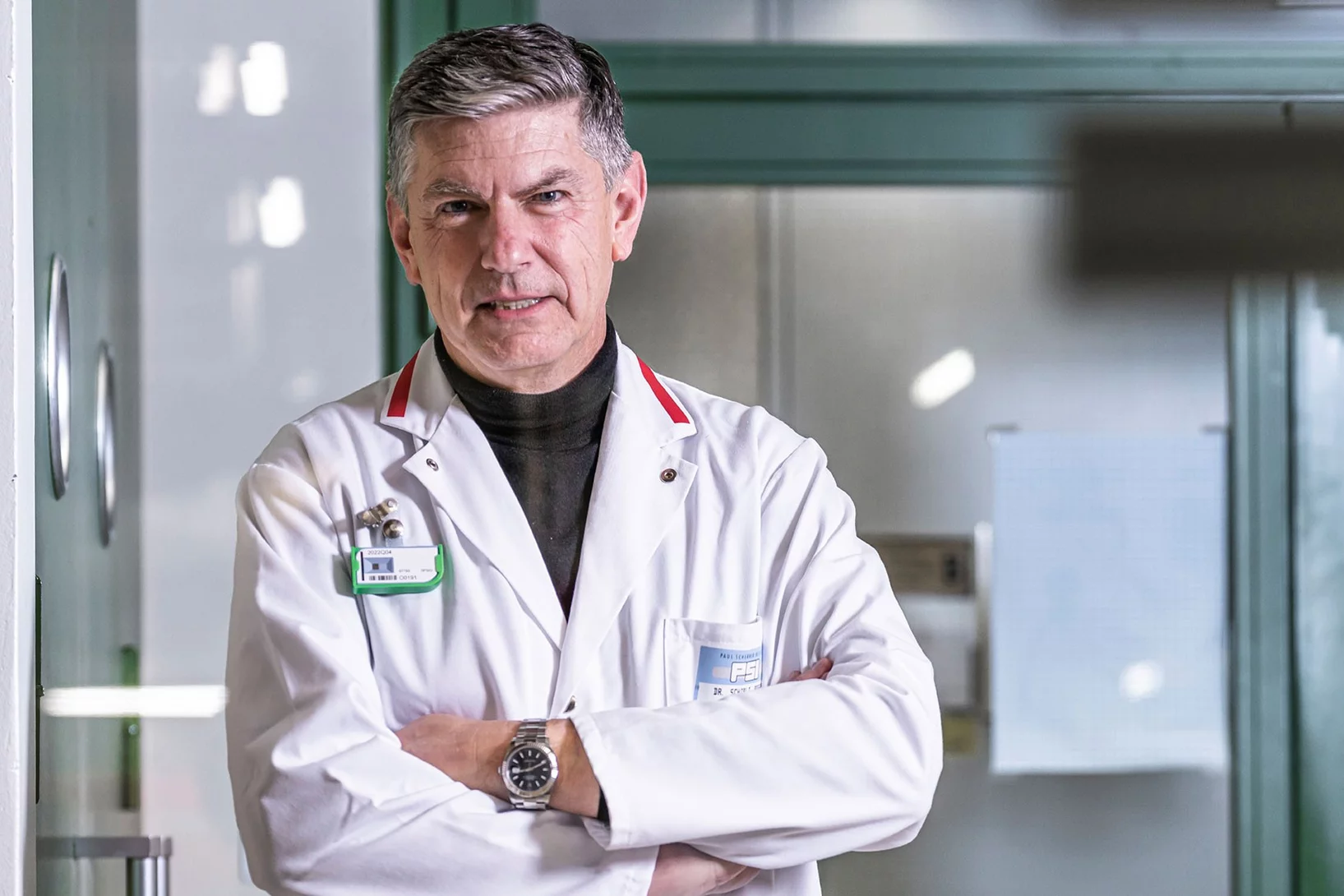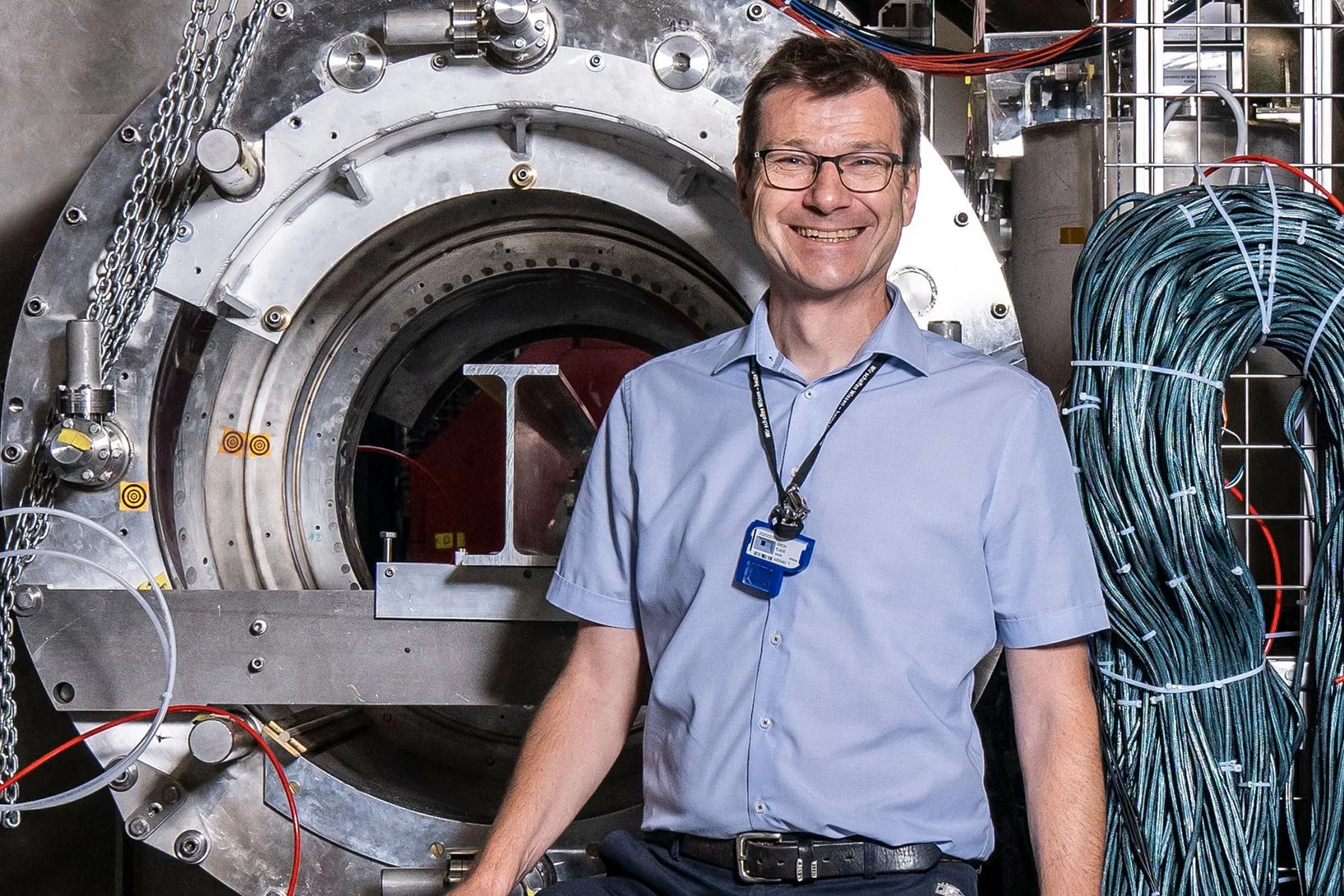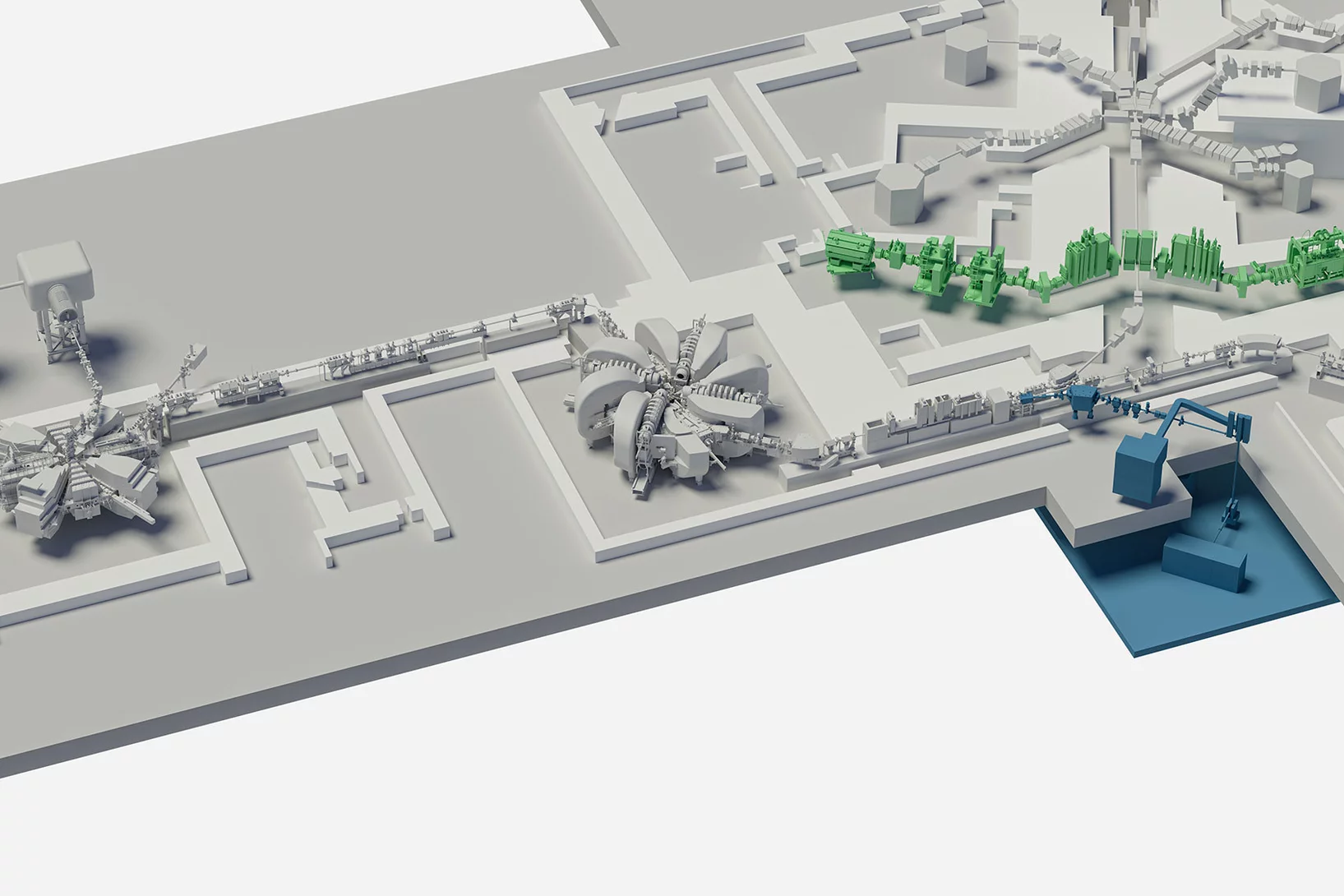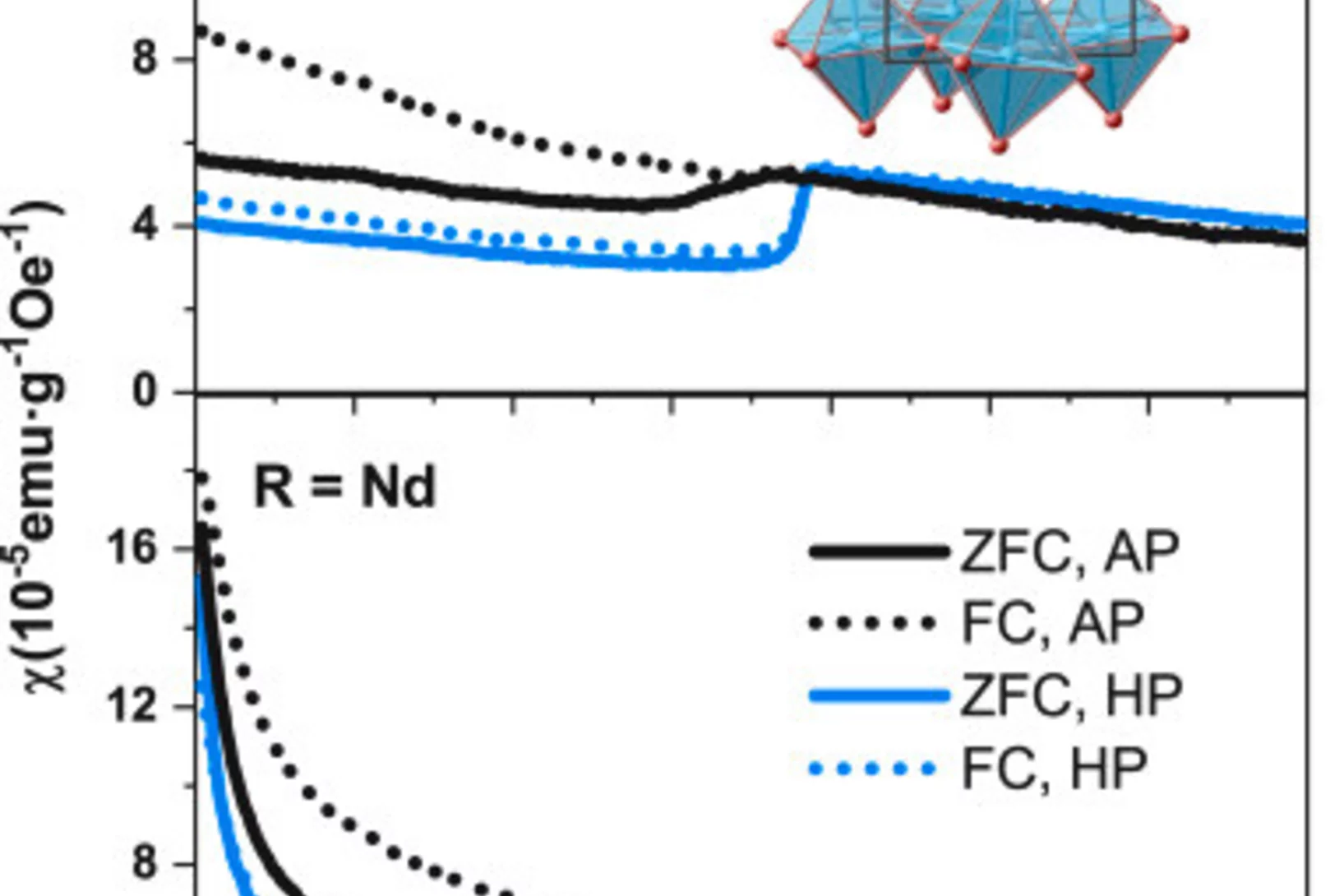X-ray tomography helps understand how the heart beats
Researchers at the Swiss Light Source SLS use X-ray phase contrast imaging to study a heart in action as it beats.
Updated electrochemical impedance model for understanding the interface of metallic lithium
Lithium metal negative electrodes are often used as counter electrodes while testing other electrochemically active materials, and are considered to be equivalent, independently of their thickness, supplier and production processes used. Here, we clearly demonstrate, using Electrochemical Impedance spectroscopy (EIS) that it is not the case, as well as the often-used symmetric cells are actually not so symmetric, when EIS spectra are disentangled using Thee-electrode cells.
Swiss PIC to support Swiss photonics industry
The technology transfer centre Swiss PIC was founded at the beginning of January 2023. Swiss PIC will be located in the Park Innovaare, in the immediate vicinity of PSI, one of its founding partners alongside other industry and research stakeholders. The new centre aims to facilitate innovation in packaging and integration of optical systems and to make these accessible to industry.
Swiss PIC to support Swiss photonics industry
The technology transfer centre Swiss PIC will be located in the Park Innovaare.
CHART MagDev CCT Dipole achieves record field
As one of the first CHART projects, the MagDev activity at PSI designed and built a canted-cosine theta (CCT) demonstrator magnet, wound from Nb3Sn conductor.
Solidification modes during additive manufacturing
The thermal conditions during laser-based additive manufacturing are inferred from high-speed X-ray diffraction data and can be linked to a model for rapid solidification.
Elektroniker-Sitzung vom 23.12.2022
In jedem Quartal führen alle Elektroniker-Lernenden mit den Berufsbildnern eine Sitzung, wo alle synchronisieren. Hier berichten wir über die letzte Sitzung 2022.
PSI at the this year’s KMU Swiss Symposium!
This year's KMU Swiss Symposium will take place in Baden, Kt. Aargau, on 23 March - we are pleased to be physically present again this year!
The KMU Swiss Symposium offers a platform for exchange and inspiration - this is made possible by exciting presentations, various booths with innovative projects and networking.
Listen to exciting presentations on the topic of "The power of trust - manipulation versus trust" by, among others, Swiss Army Chief Thomas Süssli; or Ivano Somaini, Security Analyst at Compass Security Schweiz AG.
PSI will be there - visit us at our joint booth with the Hightech Zentrum Aargau and find out more about how we can support industry and SMEs with their technical challenges and innovation processes.
PLD plasma plume analysis, a summary of the PSI contribution
We report on the properties of laser-induced plasma plumes generated by ns pulsed excimer lasers as used for pulsed laser deposition to prepare thin oxide films. A focus is on the time and spatial evolution of chemical species in the plasma plume as well as the mechanisms related to the plume expansion. The overall dynamics of such a plume is governed by the species composition in particular if three or more elements are involved. We studied the temporal evolution of the plume, the composition of the chemical species in the plasma, as well as their electric charge. In particular, ionized species can have an important influence on film growth. Likewise, the different oxygen sources contributing to the overall oxygen content of an oxide film are presented and discussed. Important for the growth of oxide thin films is the compositional transfer of light element such as oxygen or Li. We will show and discuss how to monitor these light elements using plasma spectroscopy and plasma imaging and outline some consequences of our experimental results.
Das alljährliche Weihnachtsessen der Automatiker
Wir Automatiker Lernenden vom PSI pflegen jährlich untereinander einen gemeinsamen Abschluss des Jahres, den wir euch gerne näherbringen wollen.
Fate of charge order in overdoped La-based cuprates
In high-temperature cuprate superconductors, stripe order refers broadly to a coupled spin and charge modulation with a commensuration of eight and four lattice units, respectively. How this stripe order evolves across optimal doping remains a controversial question. Here we present a systematic resonant inelastic x-ray scattering study of weak charge correlations in La2−xSrxCuO4 and La1.8−xEu0.2SrxCuO4. Ultra high energy resolution experiments demonstrate the importance of the separation of inelastic and elastic scattering processes. Long-range temperature-dependent stripe order is only found below optimal doping. At higher doping, short-range temperature-independent correlations are present up to the highest doping measured. This transformation is distinct from and preempts the pseudogap critical doping. We argue that the doping and temperature-independent short-range correlations originate from unresolved electron–phonon coupling that broadly peaks at the stripe ordering vector. In La2−xSrxCuO4, long-range static stripe order vanishes around optimal doping and we discuss both quantum critical and crossover scenarios.
Fate of charge order in overdoped La-based cuprates
In high-temperature cuprate superconductors, stripe order refers broadly to a coupled spin and charge modulation with a commensuration of eight and four lattice units, respectively. How this stripe order evolves across optimal doping remains a controversial question. Here we present a systematic resonant inelastic x-ray scattering study of weak charge correlations in La2−xSrxCuO4 and La1.8−xEu0.2SrxCuO4. Ultra high energy resolution experiments demonstrate the importance of the separation of inelastic and elastic scattering processes.
Jisoo Kim receives PSI Thesis Medal 2023
Jisoo Kim receives the PSI Thesis Medal 2023. With this award, PSI recognises outstanding PhD theses, achieving a high degree of innovation and potentially leading to scientific breakthroughs. Jisoo holds a Master of Science from the Korean Advanced Institute of Science &Technology and defended his thesis entitled “Towards time-resolved X-ray scattering tensor tomography” at ETH Zürich.
Making the most of our data
New initiatives will develop open data practices in key strategic areas including electron microscopy and materials science at Paul Scherrer Institute PSI.
The best of both worlds
Annalisa Manera works as a nuclear researcher at PSI and as a professor at ETH Zurich. A portrait.
Welcome to LXN Paolo Ansuinelli
Herzlich Willkommen Paolo Ansuinelli in LXN!
Unusual ferrimagnetism in CaFe2O4
Rare ferrimagnet states in a phase competing antiferromagnet.
Energy efficiency in times of potential power shortages
How PSI is continuously improving the energy efficiency of its own infrastructure and large research facilities
Car brakes optimised: successful collaboration with Audi Sport
In a joint collaboration, the technology transfer centre ANAXAM, PSI and Audi Sport successfully demonstrated the potential for optimising car brakes. Neutrons from the spallation neutron source SINQ at PSI were used for this purpose. Using a jointly developed measurement method, it was now possible for the first time to look live into the brake caliper and thus sound out optimisation possibilities. For the industrial partner Audi Sport, this collaboration yields promising results.
This project is a great example of successful technology transfer and shows how PSI's large-scale research facilities and ANAXAM's expertise can optimise a well-known product and contribute to new ideas.
From ‘should’ and ‘have to’ to ‘being excited about’ and ‘looking forward to’
Happy New Year! I hope you are having a good start to 2023, and that this will be an exciting, successful and happy year for you. At this time of the year, many of us like to think about everything we have to do, or everything we should do better than last year. But is there a better approach?
Further optimising car brakes
Research scientists at PSI and ANAXAM use neutrons to look inside brake callipers and identify potential ways of reducing CO2 emissions.
Our Group at the PSI Open Doors Event 2022: Discovering Energy Systems Modelling and Sustainability
On Sunday, 23rd of October, the Paul Scherrer Institute opened its doors and invited the public to explore and experience the manyfold topics which are researched at PSI. The Laboratory for Energy Systems Analysis was present at two stations. Read the article to learn more.
Prevention of freezing propagation in fuel cells using segmentation
The ability to start-up in extreme environmental conditions, including sub-freezing temperatures, is essential to the deployment of the fuel cell technology. Water produced in fuel cells at these temperatures can be in the super-cooled state, and freezing can lead to a rapid shutdown, as water cannot be removed anymore as a liquid. By segmenting a fuel cell, it is possible to prevent the propagation of freezing, which enables the cell operation even after the first freezing event occurred.
Topological magnetic structures in MnGe: Neutron diffraction and symmetry analysis
From new neutron powder diffraction experiments on the chiral cubic (P213) magnet manganese germanide (MnGe), we analyze all of the possible crystal symmetry-allowed magnetic superstructures that are determined successfully from the data. The incommensurate propagation vectors k of the magnetic structure are found to be aligned with the [100] cubic axes, and correspond to a magnetic periodicity of about 30 Å at 1.8 K. Several maximal crystallographic symmetry magnetic structures are found to fit the data equally well and are presented. These include topologically nontrivial magnetic hedgehog and “skyrmion” structures in multi-k cubic or orthorhombic 3+3 and orthorhombic 3+2 dimensional magnetic superspace groups respectively, with either potentially responsible for topological Hall effect. The presence of orthorhombic distortions in the space group P212121 caused by the transition to the magnetically ordered state does not favor the cubic magnetic hedgehog structure, and leave both orthorhombic hedgehog and skyrmion models as equal candidates for the magnetic structures. We also report on a combined mechanochemical and solid-state chemical route to synthesize MnGe at ambient pressures and moderate temperatures, and compare with samples obtained by the traditional high pressure synthesis.
The clever glue keeping the cell’s moving parts connected
Optimised by nature over 100 million years of evolution, this smart liquid provides a crucial coupling that ensures cell division correctly proceeds.
From light-years to nanometers: reconstruction of unknown oscillations in STXM
From light-years to nanometers: by repurposing an algorithm originally developed for the investigation of oscillatory dynamics in astronomical objects, scientists have been able to image non-locked dynamical processes at the nanosecond and nanometer scale.
Radionuclides for personalised medicine
TATTOOS is part of the upgrade project IMPACT. Roger Schibli explains its importance for the future of cancer treatment.
“A jewel we must treasure”
HIMB is one of the two parts of the upgrade project IMPACT. Klaus Kirch speaks about the plans.
A two-part upgrade for the proton accelerator
A two-part upgrade is planned for HIPA starting in 2025. Preparations are already under way.
Magnetic structure of R1/3Sr2/3FeO (R = Pr, Nd)
We present magnetization and neutron powder diffraction studies in the temperature range 2K to 300K for oxygen stoichiometric R1/3Sr2/3FeO (R = Pr and Nd). From full symmetry analysis, we proposed two magnetic models by a combined application of irreducible representations and magnetic space groups. Both models fit equally well the neutron powder diffraction data.

